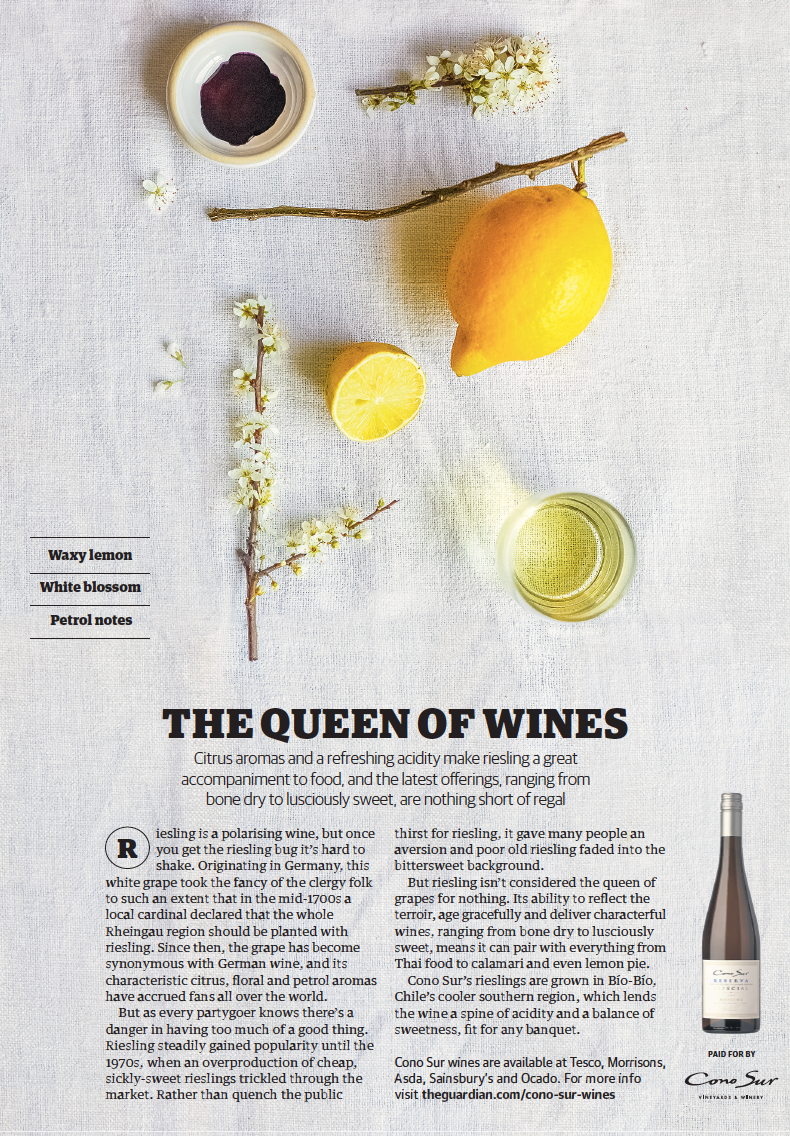Riesling is a polarising wine, but once you get the riesling bug it’s hard to shake. Originating in Germany, this white grape took the fancy of the clergy folk to such an extent that in the mid-18th century a local cardinal declared that the whole Rheingau region should be planted with riesling. Since then, the grape has become synonymous with German wine, and its characteristic citrus, floral and petrol aromas have accrued fans all over the world.
But as every partygoer knows there’s a danger in having too much of a good thing. Riesling steadily gained popularity until the 1970s, when an overproduction of cheap, sickly-sweet examples of the wine trickled through the market. Rather than quench the public thirst for the varietal, it gave many people an aversion and poor old riesling faded into the bittersweet background.
But it isn’t considered the queen of grapes for nothing. Riesling’s ability to reflect its terroir, age gracefully and deliver expressive wines, ranging from bone dry to lusciously sweet, means it can pair with everything from Thai food to calamari and even lemon pie.
Cono Sur’s rieslings are grown in Bío-Bío, Chile’s cooler southern region, which lends the wine a spine of acidity and a balance of sweetness, fit for any banquet.
Written for The Guardian, print May 2017


